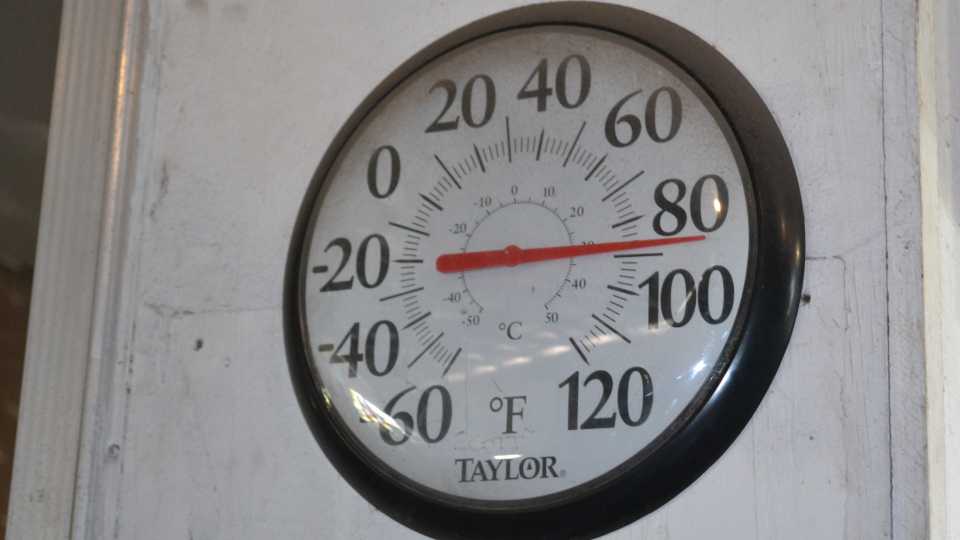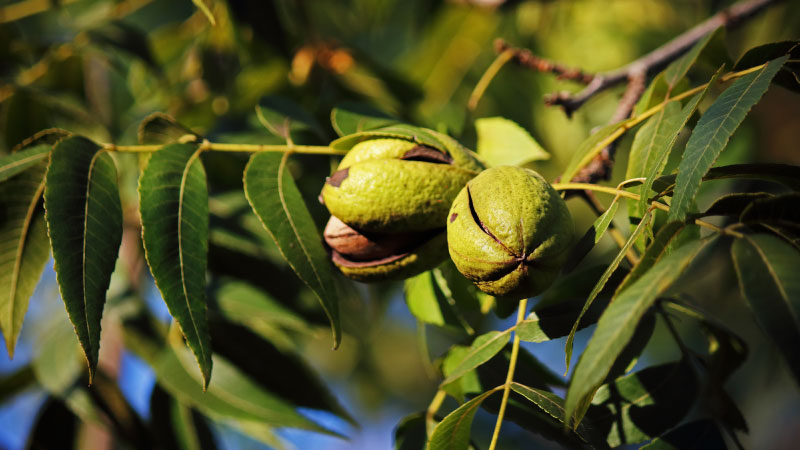Cherry Stem Retention
Pretty please with a cherry on top? Fruity drinks and ice cream sundaes just aren’t complete without that beautiful, delicious maraschino cherry on top. And studies have found that most consumers prefer that cherry with the stem attached. But harvesting them that way, especially mechanically, isn’t always easy. In fact, it turns out there’s a science to it, and researchers at Michigan State University (MSU) are working to determine just what the equation is for keeping those stems on.
Stems loosen as fruit ripens, and according to Jim Flore, one of the MSU researchers working on the project, a cherry’s natural abscission zone is between the cherry and the stem, rather than the stem and the branch. That’s where the problem occurs. “That means you have to try to harvest them prior to normal ripening, but late enough so that they still have the size and qualities that you want,” Flore says.
An advisory team made up of growers and processors, along with the MSU researchers, initiated a comprehensive study last year to determine if there was a physiological marker that could be used to figure out exactly when cherries would be ready to abscise from the upper abscision zone, “We had experiments this past year in several parts of the state, and we measured all the different maturity parameters of the fruit at these different locations,” Flore says. “We were fortunate that at one location up in Northern Michigan near Suttons Bay, a grower allowed us to use his shaker and an orchard to shake these cherries sequentially every day from when we thought they would begin to be removed from the tree all the way until the time that they were shaken and the stems would not remain on the cherry.”
The Equation
Flore says this was a key part of the experiment. They found that they could be successful with some varieties in removing the fruit with the stem on, but that the window for doing so was narrow — somewhere between three and seven days. They also noticed that when the cherry comes off the branch, a small amount of wood remains at the juncture between the branch and the stem. “What we think is happening is that when we shake the fruit, we have to generate enough centrifugal force so that the fruit swings back and forth on that petiole and it does so at such a rate that it can rip the cherry off the branch,” Flore says.
After this discovery, Flore says he and the team thought back to their high school physics courses and the formula for centrifugal force. The components include the diameter of the circle (which would be the length of the stem), the weight of the fruit, and the velocity of the swing. They found that fruit about 5 grams in weight on a stem the length of some of the most common varieties, if shaken hard enough, got enough force to detach from the branch and not abscise at the bottom.
“For the grower, the preliminary conclusions would be, first of all, to prune their trees well so that when they shake the trunk, the force is transmitted through all the branches,” Flore says. “The second thing they need is to use a variety that does not have an abscission zone at that lower zone, that ripens before the fruit gets large enough to develop the centrifugal force to pull it off.”
Varieties that work particularly well, Flore adds, are Emperor Francis and Ulster. Gold, however, does not work very well because it is smaller and has an abscission zone too well developed by the time fruit reaches 5 grams.
Flore says he’s not sure if examining other factors such as fruit color or soluble solids will work better for determining best practices for stem retention, so he’d like to continue the research into another season. “We do believe we need some more work on this,” he says. “But I’m pretty encouraged that we were fairly successful in this one year.”










